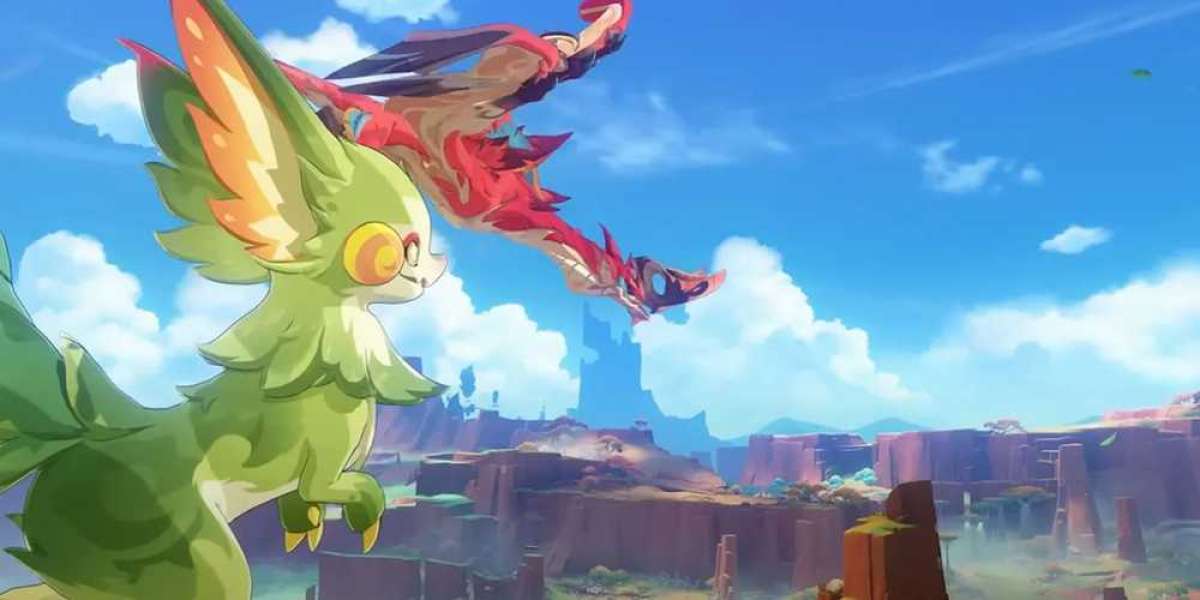In an age where students are digital natives, constantly creating and engaging with content online, the traditional models of ownership are starting to feel outdated. Enter NFTs—Non-Fungible Tokens—a breakthrough in blockchain technology that is transforming how people own and exchange digital assets. While most associate NFTs with art or collectibles, their implications in the world of education and student life are just beginning to unfold.
Let’s explore how NFTs are changing the future of digital ownership for students, redefining learning, achievement, and opportunity.
The Rise of NFTs in the Digital World
NFTs are unique digital tokens stored on a blockchain that certify ownership of a specific digital item—art, music, writing, or even academic records. Unlike cryptocurrencies, NFTs cannot be exchanged one-to-one because each token has a distinct value and identity.
This uniqueness is exactly what makes NFTs powerful in educational contexts. From certificates to creative projects, students now have the chance to own and showcase their work on a secure, decentralized platform. And the implications are massive.
Digital Credentials That Belong to You
Traditionally, students depend on institutions to store and validate their records. Whether it's diplomas, transcripts, or awards, students often have limited control over these credentials. With NFTs, students can receive academic certifications as verifiable digital tokens that they own and store independently.
Imagine earning a degree or completing an online course and receiving an NFT that proves your accomplishment. This NFT is stored on the blockchain, making it easy to share with employers, educators, or platforms—without the need to request official copies or pay verification fees.
This simple shift gives students lifelong access to their records and helps eliminate fraud in academic claims.
From Creators to Owners
Students generate a lot of original content—from essays and digital art to software code and videos. With NFTs, students can now claim verifiable ownership of their creations.
Let’s say a student designs a compelling poster for a school campaign or creates an educational video. By minting it as an NFT, they ensure their authorship is preserved and publicly recognized. Not only that, but they can license or sell their work, opening doors to real-world revenue and recognition.
This transforms students from passive participants to creators in a knowledge economy—and gives them the tools to protect and monetize their contributions.
Building Digital Portfolios
In an increasingly digital job market, resumes are evolving. NFTs allow students to build dynamic, decentralized portfolios showcasing their achievements, skills, and creativity.
For example:
- A design student can compile NFT versions of their digital artwork.
- A coding student can tokenize completed projects and app prototypes.
- A writer can create a library of published work, each piece secured as an NFT.
Employers and universities can then verify each item instantly, eliminating doubts about authenticity and giving students a competitive edge.
This portfolio is permanent, portable, and proof of both skill and originality.
Empowering Student Communities and DAO-Based Learning
NFTs are also enabling the rise of decentralized communities and learning environments. Through decentralized autonomous organizations (DAOs), students can collectively govern clubs, groups, or learning spaces using NFTs as access passes or voting tokens.
For example, a coding club could issue NFT memberships that grant access to exclusive resources, mentorship sessions, or project voting rights. This not only encourages participation but also teaches students about governance, digital collaboration, and shared ownership.
Such structures foster a sense of responsibility and community in a fully digital ecosystem.
Gamification and Learning Incentives
Educational platforms are exploring NFT-based rewards to make learning more engaging. Instead of just getting a grade or badge, students can earn NFT collectibles as proof of mastery, collaboration, or progress.
These NFTs can serve multiple purposes:
- Unlock new learning modules.
- Offer perks like tutoring sessions.
- Provide scholarships or discounts.
This gamification not only motivates students but creates a transparent system for tracking progress in real time.
Real-World Case Studies
Several institutions and platforms are already piloting NFT-based education models:
- MIT and other universities have experimented with blockchain-based diplomas.
- Online course platforms like Coursera and Udemy are exploring NFT certifications.
- Artists and coders in student communities are launching NFT marketplaces to showcase student work.
These are just the beginning steps in a much larger transformation of education.
Challenges Ahead
Despite the promise, there are hurdles:
- Accessibility: Not all students understand blockchain or have access to NFT tools.
- Environmental concerns: Some blockchains still have high energy consumption.
- Legal and privacy concerns: Storing sensitive educational data on the blockchain must be handled carefully.
Solutions are emerging—eco-friendly blockchains, better user interfaces, and clearer policies. But education systems must adapt and guide students to use these technologies ethically and wisely.
The Road Ahead: A Student-First Future
How NFTs are changing the future of digital ownership for students is ultimately about empowerment. It’s about giving students control over what they create, how they share it, and how it defines their path.
The future will not be dictated by grades alone but by a rich, verifiable record of growth, creativity, and contribution. NFTs offer the infrastructure to make that future real—and students are leading the way.
As the education landscape evolves, one thing is clear: the next generation won’t just study the future. They’ll own it.






